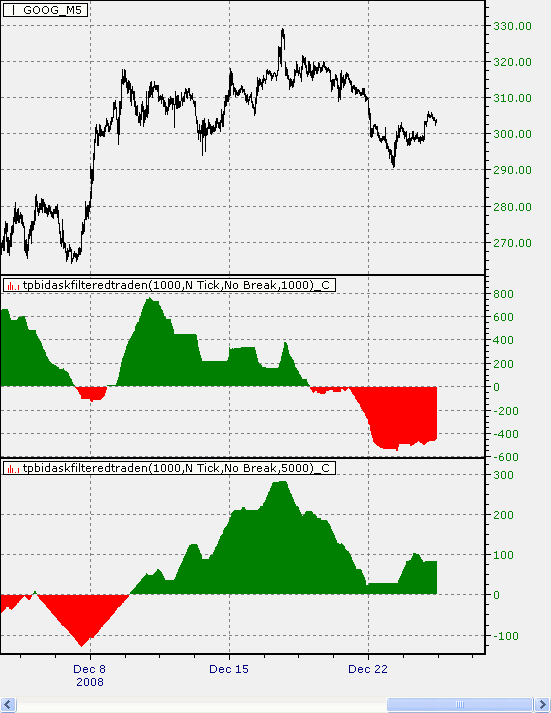Simple Stock Buying Technique That Improves Performance
 Many investors and swing traders would buy a stock outright when they think it is going to go higher. That, however, may not be the best way to establish your long position especially if your performance is measured by percentage. Here is a simple engagement method that can improve your bottom line significantly.
Many investors and swing traders would buy a stock outright when they think it is going to go higher. That, however, may not be the best way to establish your long position especially if your performance is measured by percentage. Here is a simple engagement method that can improve your bottom line significantly.
This technique is ideally used for either accumulation of stocks in a deeply depressed market environment, or short term swing trade in normal market condition. For a depressed market environment and that you have long term view to accumulate a stock, you are looking for explosive upside in months or even years. For short term swing trade, you are looking for limited upside potential within a definite time period.
Sell Put vs. Purchase Outright
The technique itself is quite simple – sell at the money or slightly in the money put, when the stock is dipping into the price zone you are interested in buying and that you have a well defined stop loss price in mind. The goal is to find options giving you at least 3% to 5% advantage (from the premium) over the price you are paying for if you just buy the stock immediately. Unlike aggressive traders who sell naked puts with no intention to buy the stock at all, you must be prepared, both mentally and financially, to take the stocks if your put option is being assigned.
In case you do not know what a put option is, here is a short explanation. When you buy a put option with a specific strike price on a stock, it gives you the right to sell the stock at the strike price should the stock price drops below the strike price. A put option has expiration, meaning that it will expire at some predefined time in the future.
When you sell put option on a stock, you are obligated to buy the stock at the strike price if the stock drops below that. If by expiration the stock price stays above the strike price, the option will expire worthless. As the seller of the option, you collect the premium upfront.
Potential Scenarios
Now, let’s take a look into the first scenario I mentioned above.
When the price of the stock you wanted to buy is dropping and getting near the price level you think it will bounce, you can sell put option with strike price right above your ideal entry price. Taking the option premium into account, you are really buying the stock at better price if your option is exercised and that you are assigned to buy the stock then.
If you like the stock a lot, sell deeper in the money put. In another words, sell the put options with a higher strike price so that you are more likely to be assigned. For example, if the stock you like to build a long position trades at $50. Selling put option that will expire in a month with strike price at $55 will more likely get you assigned and forced to purchase the stock at $55, comparing to selling one with strike price at $50. The premium you collects will offset the difference with the extra buffer I mentioned above.
As long as no one assigned your option, by the time of expiration if the price of the stock holds above your strike price, you get to keep all the premium. You profit from the situation and just move on to next opportunity.
In the situation that the stock is not behaving as you have expected and dropped drastically, your stop loss price level will come into play. You can buy back the option to take a loss when the stock prints your stop loss price. In this case, if you can exit the position near the stop loss price level, it will still be likely that you have a smaller loss comparing to outright purchase of the underlying stock directly.
It Is Not Perfect
In the rare situation that the stock tanked so bad on news shock and gapped down significantly, you are trapped just like owning the stock itself. So this method is not bullet-proof.
If you expect a stock to explode to the upside quickly, selling put is not the right method to engage the trade because your profit potential will be capped by the premium you have collected due to the likelihood the option being assigned is low. The goal of this tactical approach in selling put options is to allow you to position yourself better with lower cost in owning the stock itself hence it is not suitable for any situation that fast and accurate timing is needed.
As a seasoned long term trader, adding this engagement method to your bag of tricks will improve your overall performance significantly. If you have not spent any time on understanding options and how they can be used to improve your trading, maybe its time to think about it. After all, stock market options have been standardized for a long time already, it is not a beast that no one understands any more. Take advantage of their existence and use them for more profit!
A much shorter version of this was posted many years ago in a forum answering an open question.













